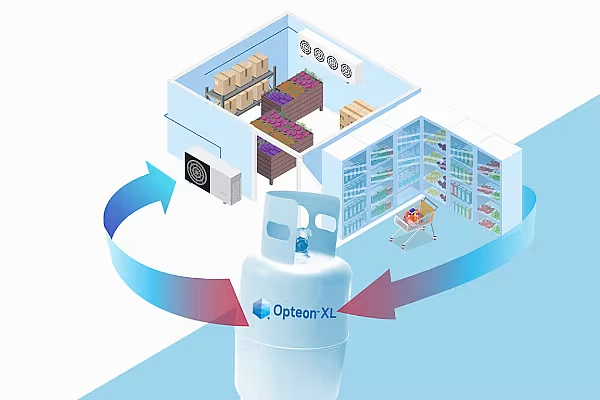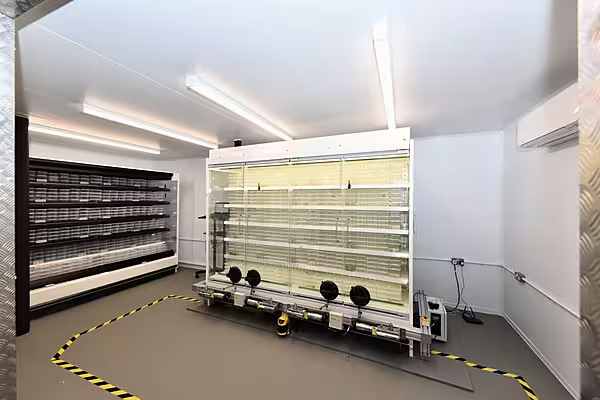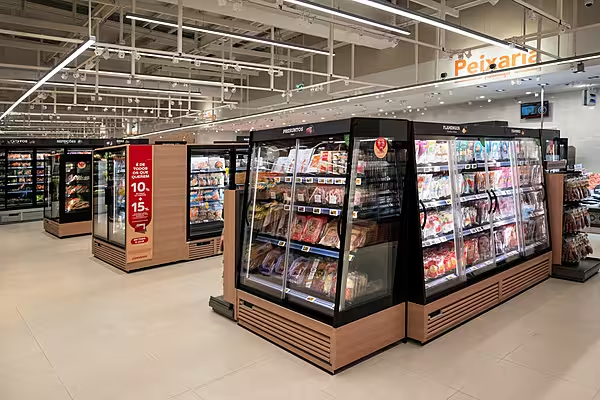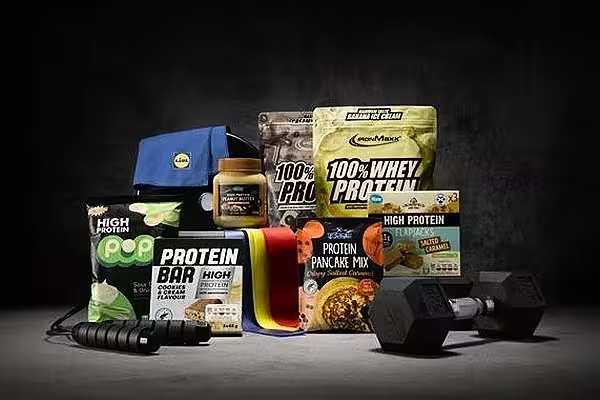Making the financial case for low-GWP (Global Warming Potential) refrigerants is essential if they are to become more widely adopted, as retailers face challenges in meeting European environmental standards.
This has led Chemours to commission a study into the use of low-GWP refrigerant blends in various refrigerant subcooling designs suitable for commercial refrigeration systems.
The study explores whether adding mechanical subcooling can achieve energy – and therefore emissions – reductions at a reasonable cost using all the possible low-GWP options.
The study’s full results and figures will be published in full in September 2021.
An early preview of the results in the form of a mini whitepaper and infographic can be downloaded from www.opteon.com/SC-ESM.
About The Study
The research was conducted in two different retail settings, each with very different environmental conditions and energy needs.
It explores three different applications comparing six refrigeration architectures, offering a robust set of findings for the retail industry.
About Opteon
Opteon™ products, which are based on hydrofluoroolefin (HFO) chemistry, have zero ozone depletion potential (ODP) and have very low global warming potential (GWP).
The portfolio contains solutions that meet the most stringent air conditioning, refrigeration, thermal management, foam blowing, and cleaning requirements while reducing their overall environmental impact.
In the field of retail food refrigeration, Opteon™ refrigerants offer exceptional performance, environmental sustainability, safety, and cost-effectiveness across retail food refrigeration applications.
These refrigerants preserve food and other perishables during transport, and prevent losses due to spoilage.
© 2021 European Supermarket Magazine – your source for the latest Technology news. Sponsored post. Click subscribe to sign up to ESM: The European Supermarket Magazine.











